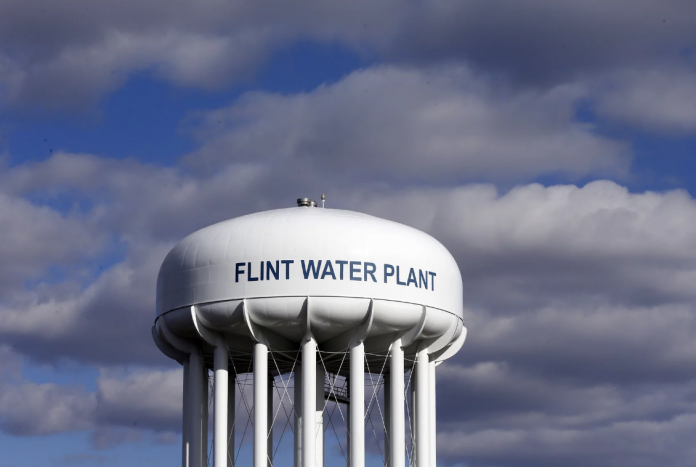
For a quarter of a century, the federal rule dictating how communities test for and control lead in drinking water has satisfied virtually no one.
For the past six years, the Environmental Protection Agency has been trying to rewrite its complex, controversial regulations.
And for the past six months, as the water-contamination crisis in Flint, Mich., became a national embarrassment, the pressure has built to finish the job.
There is widespread agreement that major changes are well overdue for the Lead and Copper Rule, which governs about 68,000 public water systems and affects the health of millions of Americans.
“It clearly needs to be strengthened,” EPA Administrator Gina McCarthy said recently at a congressional hearing, even as she emphasized that the debacle in Flint stemmed from Michigan’s failure to carry out the existing law.
Yet there is concern over how – and when – the overhaul will end, and whether the final product will rectify the shortcomings that have dogged the lead-testing regulations since their inception.
Environmental advocates have long argued that they are too easy to evade and too hard to enforce. Some state and local officials in charge of implementing them call them complex and unwieldy. The water industry has fretted over the associated costs.
“Something about this rule just brings out the worst in everybody,” said Marc Edwards, the Virginia Tech professor who has helped expose lead-in-water crises in Washington as well as Flint. “It brings out the worst in EPA; it brings out the worst in the water industry. . . . It’s just dumbfounding.”
Federal requirements for testing water for lead are unique – and uniquely challenging. The toxin generally gets into drinking water only after it leaves a treatment plant, typically as it passes through aging lead service lines, solderings or fixtures. That means that testing must take place at the tap, in people’s homes, where contamination risks are greatest.
The government’s approach largely has relied on utilities ensuring that water does not become so corrosive that it leaches lead from pipes at any stage.
“That’s a pretty complicated set of tasks,” said Peter Grevatt, director of the EPA’s Office of Groundwater and Drinking Water. “[It] is one of the most complicated rules we have on the books.”
EPA officials have repeatedly said that updating the lead-in-water rule is one of the agency’s highest priorities – although just one piece of the bigger puzzle of ensuring safe drinking water nationwide. The effort, underway since 2010, is the most comprehensive ever, involving public meetings and input from an expert advisory council.
But the officials also say that they do not expect to conclude their overhaul until some time in 2017, in part because of the complexities of the regulations and the diversity of opinions about what shape they should take.

